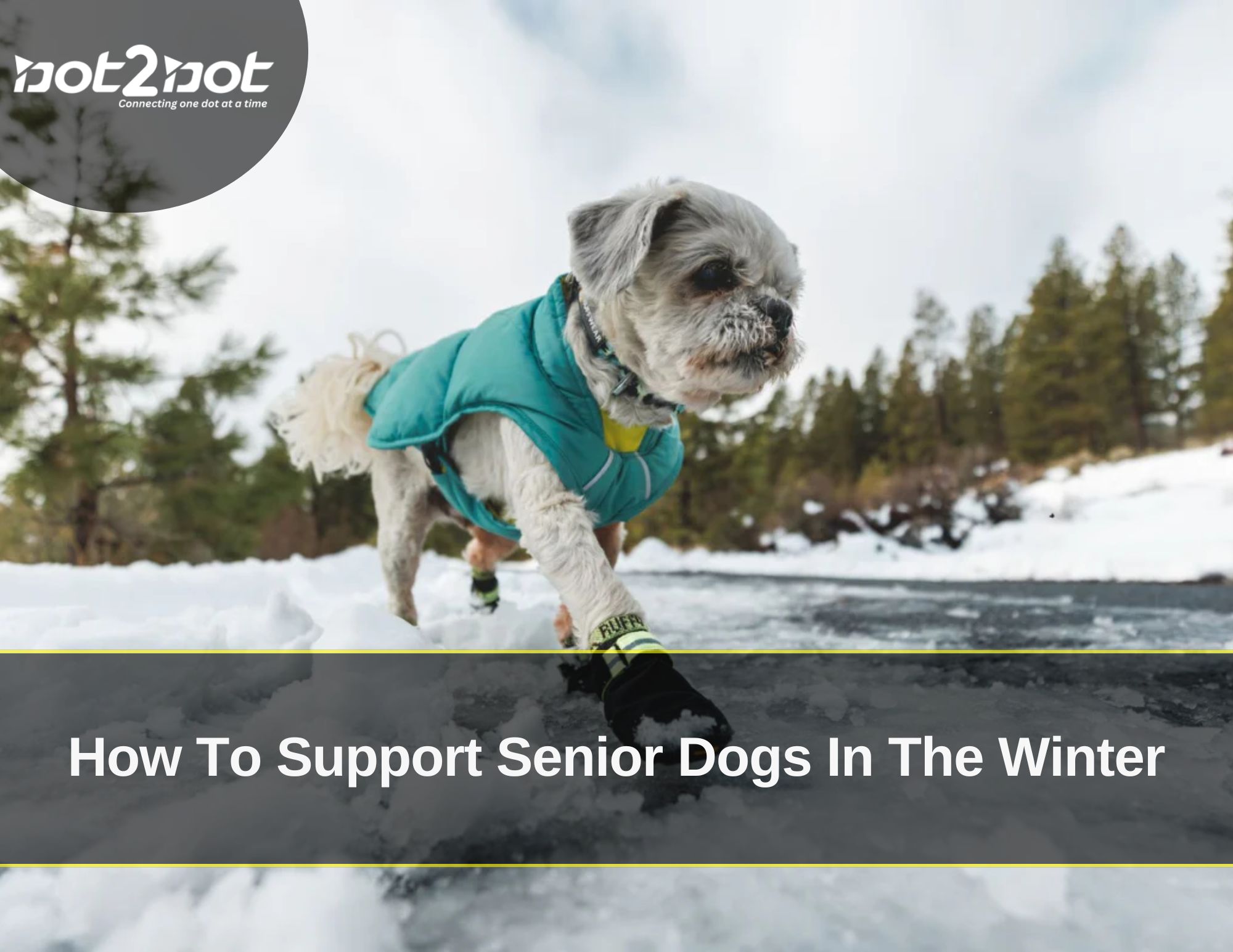As the temperatures drop, caring for senior dogs requires extra attention to their unique needs. Older dogs can be more vulnerable to the effects of cold weather, which may worsen existing health conditions like arthritis and make it harder for them to stay warm. Here’s a guide to help your senior dog stay comfortable, active, and healthy throughout the colder months.
Are Older Dogs More Sensitive To The Cold?
Yes, older dogs are more sensitive to cold temperatures. With age, their internal systems slow down, making it harder for them to regulate their body temperature. Spending too long outside in cold weather can lead to serious health issues, such as heart problems, respiratory difficulties, and poor blood circulation.
Arthritic dogs are particularly affected during the winter months. Cold weather can thicken joint fluid, increase pain, and make muscles and tendons contract, resulting in stiffness. While regular walks are essential, keep them short on colder days, and ensure your dog has a chance to warm up afterward.
How Do I Know If My Older Dog Is Suffering From the Cold?
Signs that your senior dog may be feeling the chill include:
- Shivering, trembling, or teeth chattering
- Ears pinned back or a tucked tail
- Resisting walks or trying to turn back home
- Lifting their paws due to discomfort
- Barking, whining, or seeking shelter
- Anxiety or nervous behaviour
If you notice these signs, take steps to warm your dog up immediately.
Do Older Dogs Need A Coat In Winter?
For many older dogs, especially those with thin or fine fur, a winter coat is a must. Breeds like greyhounds and whippets are particularly prone to feeling the cold.
Winter booties are another great option for harsh weather conditions, as they prevent snow from building up between toes and help keep paws warm and dry. Booties can also protect against ice-melting chemicals that might irritate your dog’s skin.
How To Keep Senior Dogs Warm In Winter
- Provide a Cosy Bed: Choose a bed with good insulation and padding to keep your dog warm, especially if their sleeping area is near a drafty door or cold floor.
- Regular Exercise: Gentle, consistent exercise helps keep joints mobile and reduces stiffness. Pair this with indoor playtime on particularly cold days.
- Enhance Their Diet: Offer food with a balance of high protein and low fat to support energy levels. Supplements containing omega-3 fatty acids can improve joint health and skin condition.
- Protect Their Paws: Apply a thin layer of Vaseline to their pads before walks to prevent cracking and dryness. Rinse their paws after walks to remove salt or chemicals.
Caring for a senior dog in winter involves a mix of practical precautions and thoughtful adjustments to their routine. By providing warmth, addressing joint discomfort, and ensuring they get the right nutrition and exercise, you can help your older dog enjoy a cosy and healthy season. A little extra care goes a long way in keeping your furry friend happy and thriving during the colder months.


